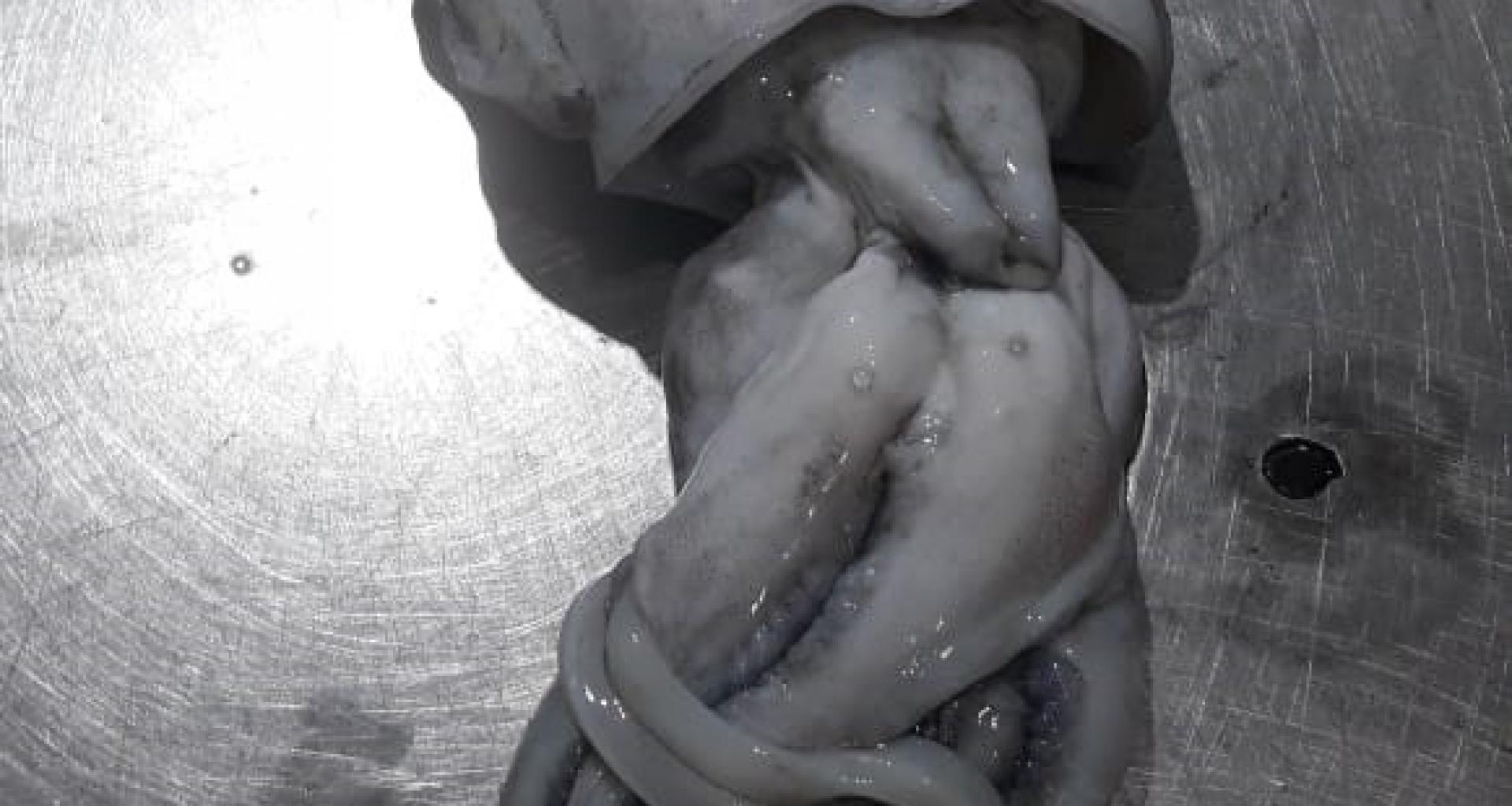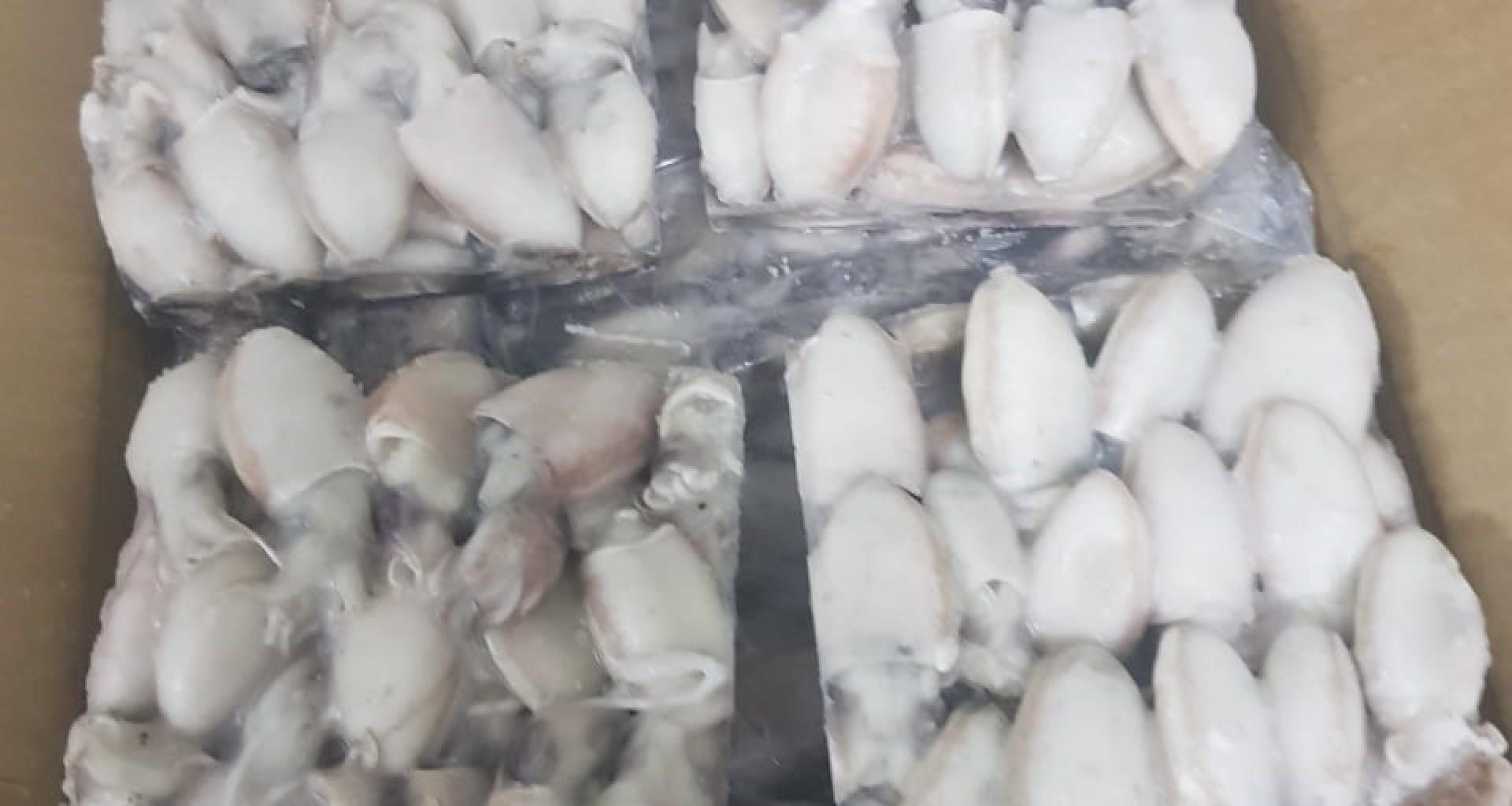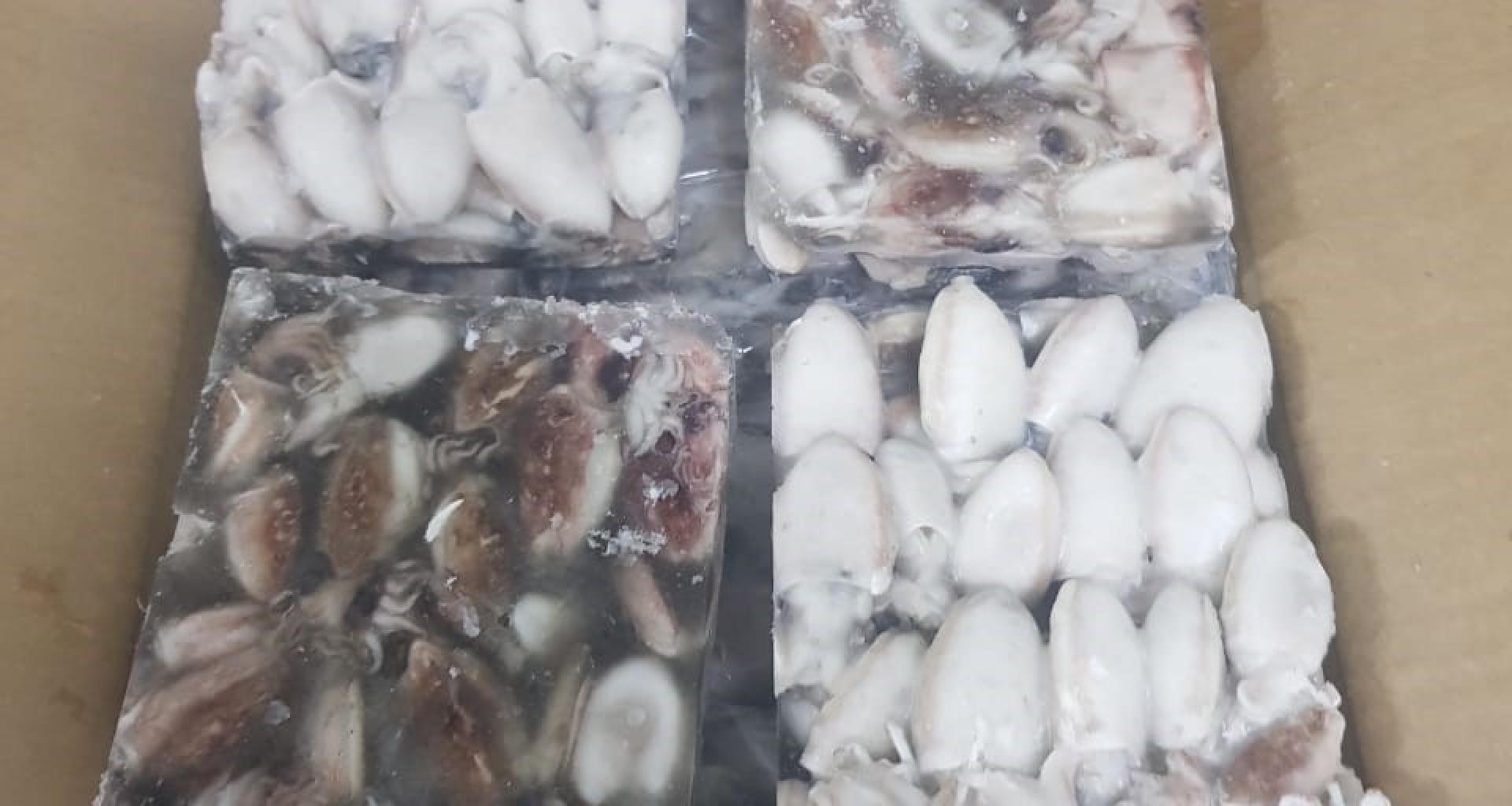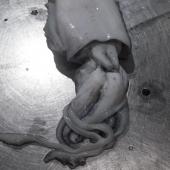Cuttlefish
The cuttlefish or sepididae are cephalopod molluscs, which can also receive different names such as cuttlefish, cuttlefish, choco etc. It reaches 30 or 40 cm in length, eats small mollusks, crabs some of the same species.
Cuttlefish is capable of giving some camouflage responses from the marine animal world, they can change their body patterns quickly, because the chromatophores in their skin are under direct neural control.
Cuttlefish has three structures: the light-scattering leukophores, the pigmented chromatophores organs, and the light-reflecting iridophores, all located on your skin. Star-shaped cells whose arms are muscles and whose center is a bag of pigment.
These muscles are directly connected to the brain, which makes the cuttlefish be aware of its reality at all times, and have control over them that allows it to change color, in a fraction of seconds.
The pigment becomes visible on the skin of the cuttlefish, when the muscles are excited and dilate the chromatophore. Cuttlefish also use the contrast and edges of the visual patterns to help give their camouflage.
The way of mating the cuttlefish has a curious way of proceeding. The cuttlefish / large male takes care of the cuttlefish / female, not allowing the smallest males to access them, that is why the smallest males camouflage themselves as if they were females, and when they approach these the large male does not it notices and the smallest fertilize the female cuttlefish, once finished, acquire their usual color and flee.
In a study conducted on a cuttlefish, he was shown an x when food was to be delivered, when no food was delivered, an x appeared on his back showing that he had associated this symbol with obtaining food.






